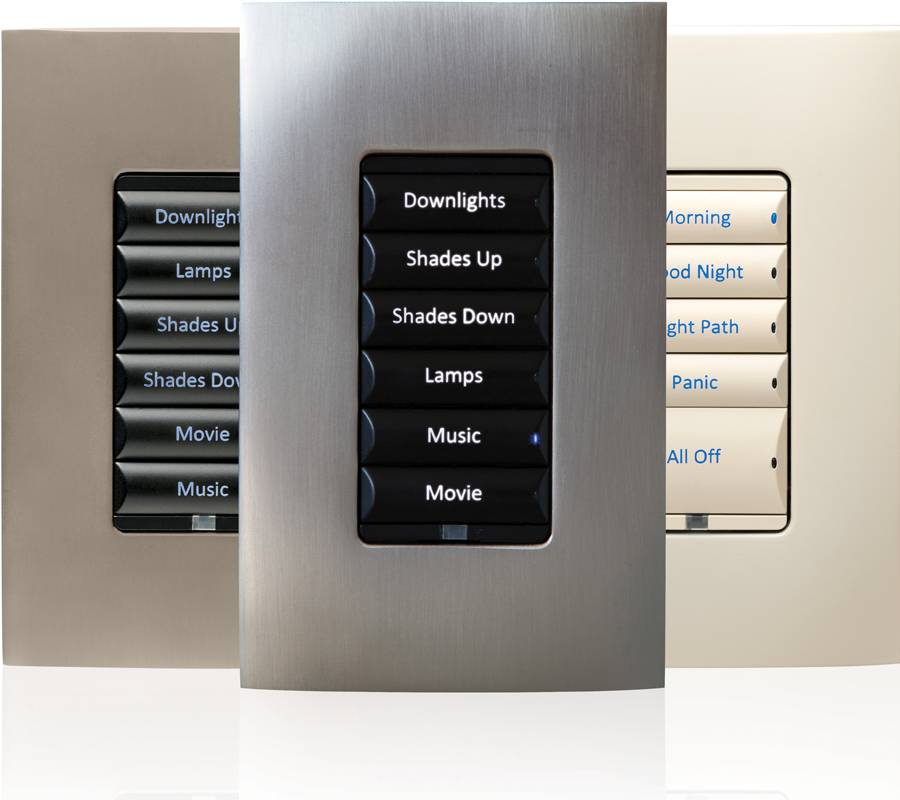Introduction: In the realm of electronics and technology, switches play a pivotal role in controlling the flow of electricity. From the humble light switch in our homes to sophisticated network switches powering our digital infrastructure, these devices come in various forms and serve diverse purposes. In this article, we delve into the fundamentals of switches, exploring their functionality, types, and applications across different industries. 
Understanding Switches: At its core, a switch is a mechanical or electronic device designed to interrupt or divert the lülitid flow of electrical current within a circuit. By toggling the switch on or off, users can control the connection between two or more conductive pathways, enabling or disabling the flow of electricity.
Types of Switches: Switches come in a myriad of forms, each tailored to specific functions and environments. Some common types include:
- Toggle Switches: These are perhaps the most recognizable switches, featuring a lever that users physically flip up or down to change the circuit’s state. They are commonly used in household appliances, lighting fixtures, and electronic devices.
- Push Button Switches: As the name suggests, push button switches are activated by pressing a button. They are prevalent in applications where momentary contact is required, such as doorbells, keyboards, and industrial machinery.
- Rotary Switches: Rotary switches utilize a rotating mechanism to establish different connections within a circuit. They are often found in settings where multiple options or settings need to be selected, such as on audio equipment or industrial control panels.
- Slide Switches: These switches operate by sliding a lever or button along a track to open or close the circuit. They are commonly used in portable electronic devices like smartphones and cameras.
- Tactile Switches: Tactile switches provide tactile feedback when activated, typically with a distinct click or tactile sensation. They are widely used in keyboards, remote controls, and consumer electronics.
- Network Switches: Moving beyond manual switches, network switches are essential components of computer networks, facilitating the routing of data packets between devices. They enable efficient communication within local area networks (LANs) and are crucial for internet connectivity in homes and businesses.
Applications of Switches: The versatility of switches lends them to a broad spectrum of applications across various industries:
- Consumer Electronics: Switches are integral to the operation of numerous consumer electronics, including smartphones, televisions, gaming consoles, and home appliances.
- Industrial Automation: In manufacturing and industrial settings, switches are used to control machinery, monitor processes, and ensure worker safety.
- Telecommunications: Switches play a vital role in telecommunications networks, directing phone calls, managing data traffic, and enabling connectivity between devices.
- Transportation: From automobiles to aircraft, switches are employed in vehicle controls, navigation systems, and safety mechanisms, contributing to efficient and safe transportation.
- Energy Management: Switches are utilized in energy distribution systems to regulate power flow, control lighting, and manage energy consumption in buildings and infrastructure.
Conclusion: In summary, switches are indispensable components of modern technology, enabling the control and management of electrical circuits across a multitude of applications. Whether in our homes, workplaces, or the digital infrastructure that underpins our interconnected world, switches play a fundamental role in shaping our technological landscape. As technology continues to evolve, so too will the innovation and